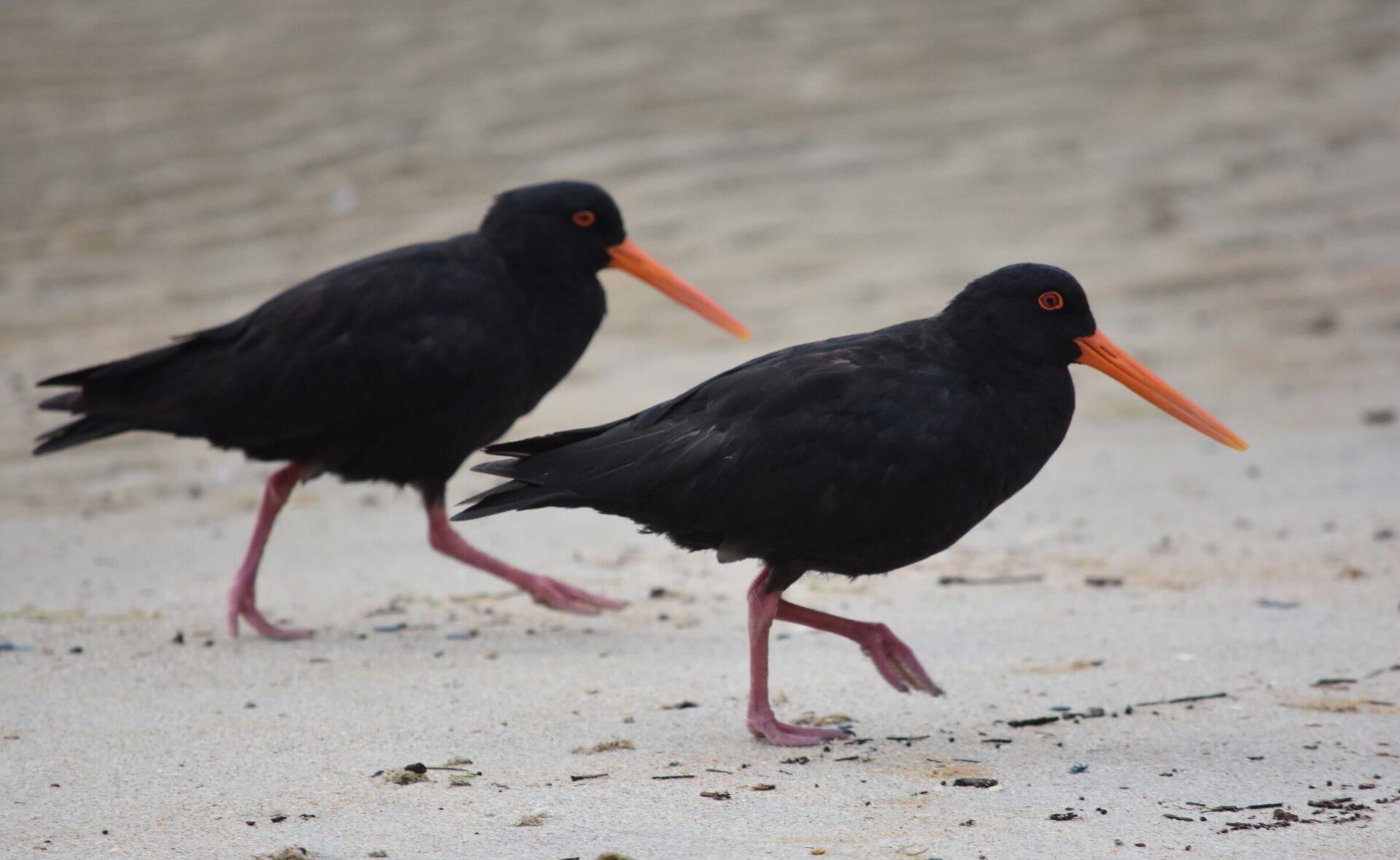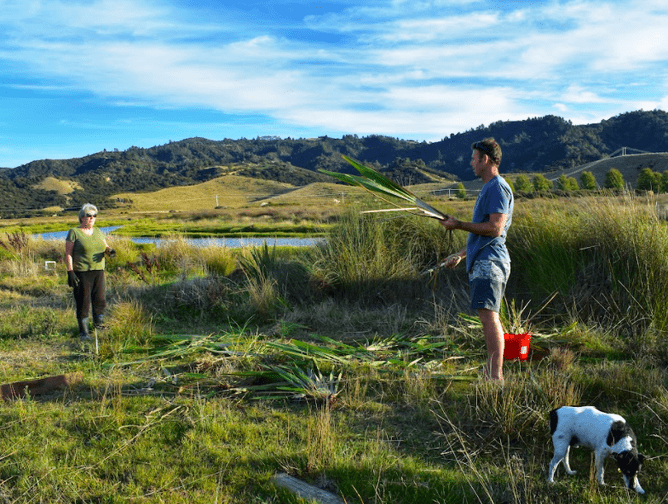In addition to looking after several reserves in the Otama Beach area, the Otama Reserves Group (ORG) is also working on restoring the health of the wetland in the area. “In a relatively recent Environment Court decision, the Otama wetland was described as ‘degraded,’” says Paul Kington, chairman of the ORG. “We don’t really know who decides when a wetland is degraded and what the requirements are, but it was an unacceptable comment and we just couldn’t let it go.
“There’s a lot at Otama that’s still pristine. The dunes, for instance, are number two in Australasia insofar as their natural condition is concerned. Everything in nature is interconnected and if the wetland isn’t healthy, the dunes and other parts of the area will ultimately be affected.”
The ORG was established approximately two years ago and has a committee of 11 members. More than 50 people are on the group’s database.
Since it’s establishment, the ORG has focused on predator trapping and the weeding of invasive species. “All our volunteers enjoy helping out,” says Paul. “We’re receiving a lot of support from Project Kiwi as well. They’re undertaking quite a lot of their kiwi conservation work on land adjacent to the Otama wetland.”
The Otama wetland is owned by the Department of Conservation. Since the ORG has received consent from DOC to access the wetland, a trapline has been set up and the manual removal of invasive weeds has started. Saltwater paspalum is the major weed targeted at the moment.
“Spraying for weeds isn’t an option for us,” says Paul. “We do whatever we have to do by hand. Waikato Regional Council has given us some funding to drone map the wetland boundaries, identify native plant species and get a better understanding of the hydraulics of the wetland. This work is completed and a report has been provided to WRC. The results are really helping us with what we’re trying to achieve.
“In addition to the physical work we do in the wetland, we’re putting a lot of effort into our relationships with DOC, WRC, Thames-Coromandel District Council, local iwi and neighbouring landowners. It’s important that all of us are on the same page.”
Paul hasn’t had much experience with wetlands prior to the ORG gaining access to the Otama Wetland. “I’ve learned a lot about wetlands and their importance in the way nature works in a relatively short period of time,” says Paul. “They harbour a myriad of treasures. Despite the fact that the Otama wetland is apparently degraded, in my first time in the wetland, I found a bittern nesting site. Since then, we’ve discovered five pairs of fernbird, a banded rail and 15 pāteke. It’s quite astonishing. Just imagine the paradise the wetland will be once it’s restored to it’s natural glory.”
The ORG hopes to have a website up and running in the next two weeks. “The KEA Group has helped us to obtain funding from the Len Reynolds Trust to develop our website,” says Paul. “People should have a look at our website and be in touch if they want to become involved in what we do.”
Republished courtesy of The Informer

